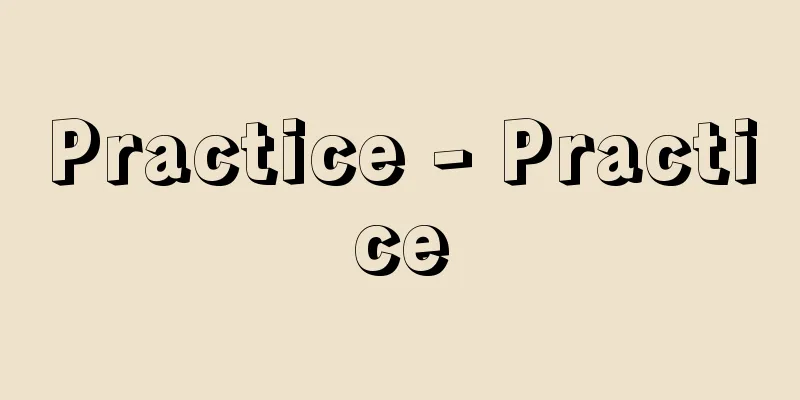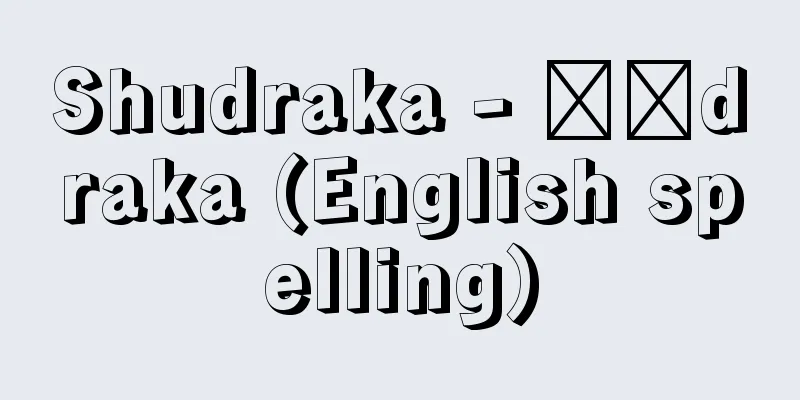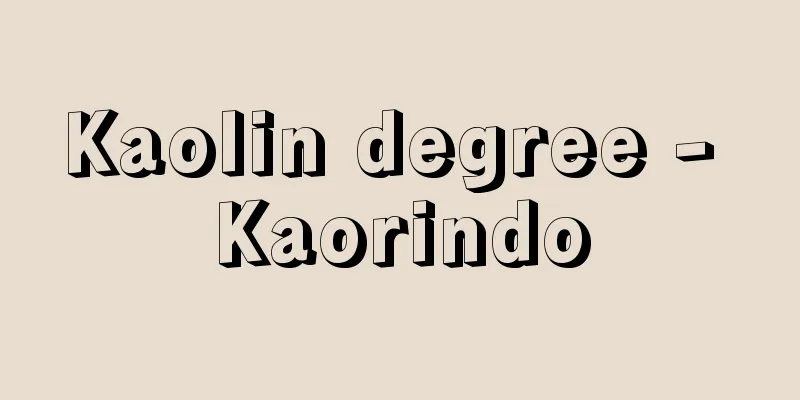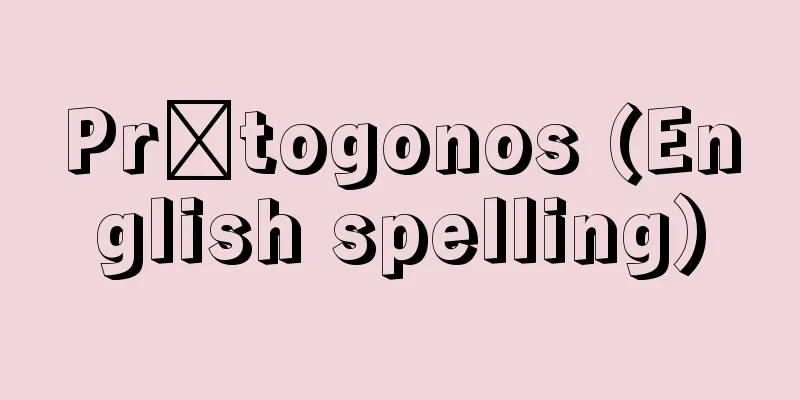Practice - Practice

|
Psychologically, practice is explained as the repetition of a mental or physical task with the goal of transforming that task in a desirable direction (reducing the time it takes to complete a task, improving quality, etc.). Thus, practice has two aspects: the repetition of a task, and the resultant transformation of the task in a desirable direction. The former is called "practice activity" and the latter the "practice effect." Additionally, when a practitioner repeatedly practices a task with a goal in mind (for example, practicing calculations or baseball defense), it is called "conscious practice," while when the practitioner is not conscious of the goal (for example, changing clothes or cleaning, which are done unconsciously every day), it is called "unconscious practice." [Tadao Nakahara] Training curveThe process of progress and improvement in work through practice is represented by a practice curve, with the practice period on the horizontal axis and the practice effect on the vertical axis. Practice curves can take on various shapes depending on the content and method of practice, and on the effects of practice that are measured (the amount of work done in a certain period of time, the time required for a certain task, the percentage of correct answers, etc.). (1) Initial effort - At the beginning of practice, strong effort is exerted due to transfer of previous learning, interest, special motivation, etc., and the effect is good. (2) Plateau - A phenomenon in which progress and improvement stagnates temporarily due to boredom, fatigue, etc. (3) Terminal effort - When you realize that the practice is nearing an end, you exert even more effort, and the effect is good. (4) Final plateau - Practice finally reaches a limit where no further effect can be obtained. However, further progress may be made by increasing motivation. The limit at which no further progress is physiologically possible is called the physiological limit. Practice is not just about doing a large amount of it to get results. Psychologists and educators are researching various theories and methods for making practice effective. In general, it is important to consider the following points: (1) Make students aware of the significance, necessity, and interest of practice, and encourage them to practice with enthusiasm. (2) Evaluate appropriately, help them notice shortcomings, encourage them, foster a competitive spirit, and let them experience a sense of success and accomplishment. (3) Practice should progress from easy to difficult. (4) Consider whether to practice a task in several parts (partial learning method), or to repeat the entire task several times (full learning method). (5) Consider how to include breaks. [Tadao Nakahara] [References] |©Shogakukan "> Example of a training curve Source: Shogakukan Encyclopedia Nipponica About Encyclopedia Nipponica Information | Legend |
|
心理学的には、精神的または身体的作業の望ましい方向への変容(作業時間の短縮、質の向上など)を目的として、その作業を反復することと説明される。したがって練習には、作業を反復して行う側面と、その結果として作業が望ましい方向へ変容していく側面とがある。前者を「練習活動」、後者を「練習効果」という。また、練習者がその目的を意識して作業を反復練習する場合(たとえば、計算練習、野球の守備練習など)を「有意識練習」、目的を意識しない場合(たとえば毎日無意識に行う着替え、掃除など)を「無意識練習」という。 [中原忠男] 練習曲線練習による作業の進歩、向上の過程は、横軸に練習期間、縦軸に練習効果をとった練習曲線で表される。 練習曲線は、練習の内容や方法によって、また練習効果として何をとるか(一定時間内の作業量、一定作業に要する時間、正答率など)で、いろいろな形のグラフとなる。(1)初発努力――練習の初期は先行学習の転移、興味、特別な動機づけなどで強い努力が示され、効果があがる。(2)プラトー――飽き、疲労などのために進歩、上達が一時停滞する現象。(3)終末努力――練習が終わりに近づいたことに気づくと一段の努力がなされ、効果があがる。(4)最終プラトー――練習は最後に、これ以上効果があがらないという極限に達する。しかし、動機づけを高めるとさらに進歩する場合がある。生理学的にこれ以上進歩しないとされる極限を生理的極限という。 練習は、ただ多くの量をこなせば効果があがるというものではない。効果的な練習を行うために、心理学者や教育学者がいろいろな原理や方法を研究している。一般には次のような点を考慮することがたいせつであろう。(1)練習の意義、必要性、練習への興味などを感じさせ、意欲的に取り組ませる。(2)適宜評価をし、欠点に気づかせたり、励ましたり、競争意識をもたせたり、成功感、達成感を体験させたりする。(3)易から難へと進む練習であること。(4)一つの作業をいくつかに分けて練習する(分習法)か、全体を何回も反復する(全習法)かを検討する。(5)休憩をどのように入れるかを検討する。 [中原忠男] [参照項目] |©Shogakukan"> 練習曲線の例 出典 小学館 日本大百科全書(ニッポニカ)日本大百科全書(ニッポニカ)について 情報 | 凡例 |
Recommend
Cœdès, Georges
Born: August 10, 1886 in Paris [Died] 1969 French ...
Tcherepnin
Russian-born composer and pianist. Born in St. Pet...
Nucleus -
〘noun〙① A spherical body found in the center of a ...
Old songs - Kokyoku
〘Noun〙① Refers to the whole of old music, as oppos...
Proximity effect
The force that an object receives from the medium...
Azabu Gakuen
…Christian educator and politician of the Meiji a...
word search puzzle
…The Yaedasuki is a further complex arrangement o...
Gustaf Gründgens
1899‐1963 West German actor and director. After wo...
Aldolase
EC 4.1.2.13. An enzyme that catalyzes a reversibl...
Solomon Bochner
1899‐1982 A Polish mathematician born in Krakow, h...
Orostachys
...They have succulent leaves, but lack stipules,...
Tanba ware
This is a pottery kiln representing Hyogo Prefect...
FOB Price - FOB Price
… FOB is an abbreviation for free on board and is...
Rock Nose - Iwahana
It is located in the southeast of Takasaki City, G...
Aamma - Aamma
…However, while these nomads coexisted with rural...









